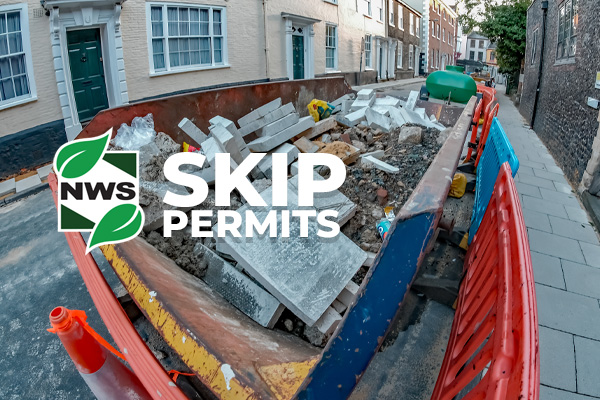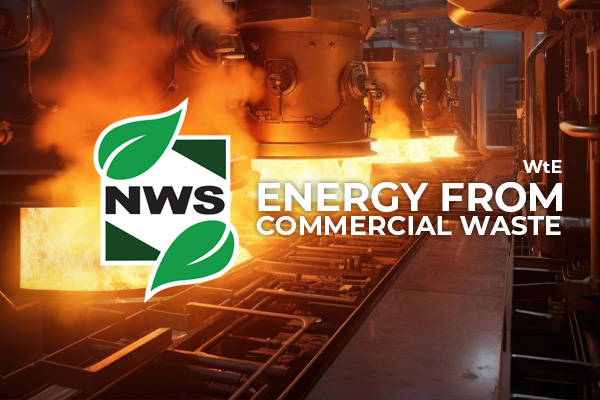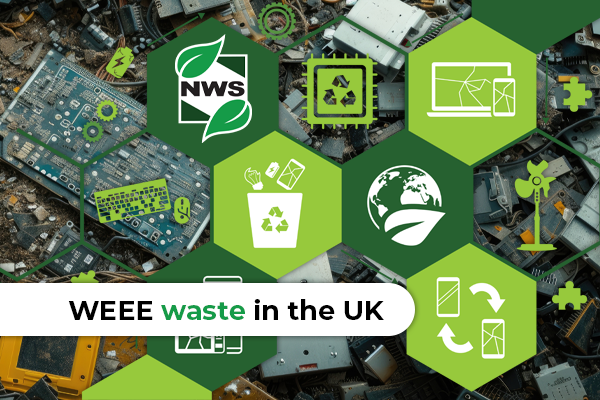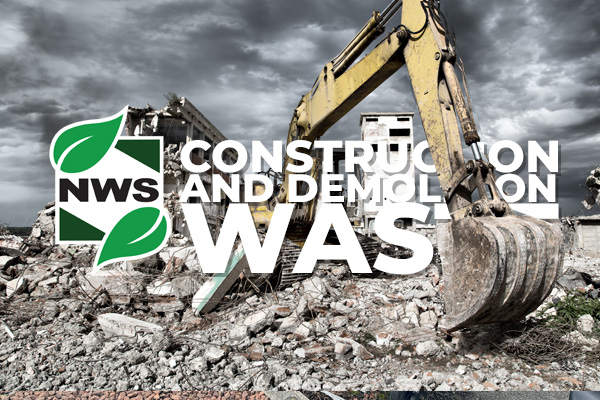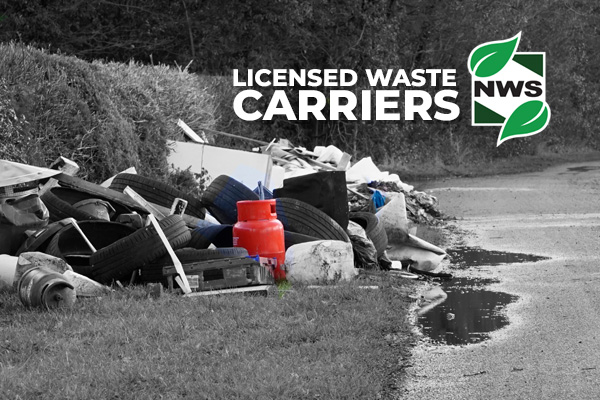Construction waste is a huge problem for the environment, and if you want to reduce your impact on the environment, it’s time to start recycling. It can save you money, prevent pollution, and help the planet which is good for all of us. Here is our Guide To Managing Construction Waste.
What is construction waste?
Construction waste is the term used for the unwanted materials that are produced on a construction site. Construction waste can affect the environment, so it’s important to manage it correctly. The most common types of construction and demolition waste include general debris, building materials, and drywall. These can be recycled and reused for a variety of purposes.
Unfortunately, the majority of construction waste is sent to landfills, which also happen to be a major source of greenhouse gases in addition to the more direct impact these sites have in the surrounding locality. This is why it’s so important to recycle and reduce the amount of construction waste sent to landfill.
It’s also important to consider the type of waste you produce, as some types of waste are hazardous and should be disposed of in a safe manner. Some common examples of hazardous waste include leftover paints, contaminated soil, asbestos, aerosol cans and gypsum board.
Some building materials like insulation, nails, rebar, scrap metal, wood and cement can be recycled and reused. This can help reduce the amount of construction waste you produce and lower your costs. Other types of construction waste are also recyclable, such as cardboard which can be baled, sent to a paper mill and recycled.
However, some types of waste are not recyclable, including bricks and concrete. This is due to the fact that bricks and concrete can be contaminated with mortar or plaster, and these materials are difficult to recycle. They can however be reused if they are of sufficient quality.
If your business produces a lot of construction waste, a waste management plan should be prepared before the start of your project to ensure that all waste is managed efficiently and disposed of legally during the construction process. This is a great way to reduce your environmental impact and meet your legal obligations.

Types of construction waste
There are a number of different types of waste materials that can be generated during construction projects. This is why it is important to know what type of waste you are dealing with before you decide how to handle it.
In many cases, it is possible to reduce the amount of waste produced during construction projects by taking steps to improve design and build processes. These include dimensional planning and material efficiency strategies, which can help reduce construction costs and help your business achieve a reputation for its low carbon footprint.
Another way to improve the management of construction waste is to use a comprehensive, integrated waste disposal solution that incorporates recycling. This can be very beneficial in the long term as it will reduce the amount of waste sent to landfills and also improve the environment by reducing CO2 and methane gas emissions.
The amount of waste that can be recycled is increasing every year and new technology has been developed to recycle all kinds of construction materials. This can save a lot of money and resources.
Other ways to minimize the amount of construction waste you produce are to make sure your materials are delivered at the right stage in the process and to establish recycling systems onsite. This will ensure that you don’t have a pile of waste that is difficult to deal with at the end of the project.
UK construction waste statistics
Waste from construction, demolition and excavation accounted for 62% of the UK’s total waste generation in 2018. According to government statistics, 13% of materials delivered to a site are not used or recycled.
This is a major problem. A large building project requires lots of materials, and these materials often get lost or misused on the site if they are not organised and stored correctly.
However, this can be easily avoided if proper systems are in place to organise and store these materials properly. This will help reduce the amount of material that is over ordered and goes to landfill.
There are many different ways in which waste can be reduced from a construction project. One of the most effective is by ensuring that any material that does not need to be used is reclaimed. This is a great way to save money on disposal costs, and it also helps the environment by avoiding waste going to landfills. Another way in which construction businesses can reduce their waste is by sourcing their materials from a reputable supplier that recycles them.
Some companies are also trying to make it easier for construction firms to reuse and recycle their waste materials. There is an active marketplace for unused construction materials in the UK which helps divert tonnes of waste heading to landfill each year.
That said, the UK’s construction sector remains a significant part of the country’s waste output, and it is important that all companies take steps to ensure they are not contributing to this issue. In order to reduce this, companies should start implementing a waste management plan and involve their suppliers in the process.
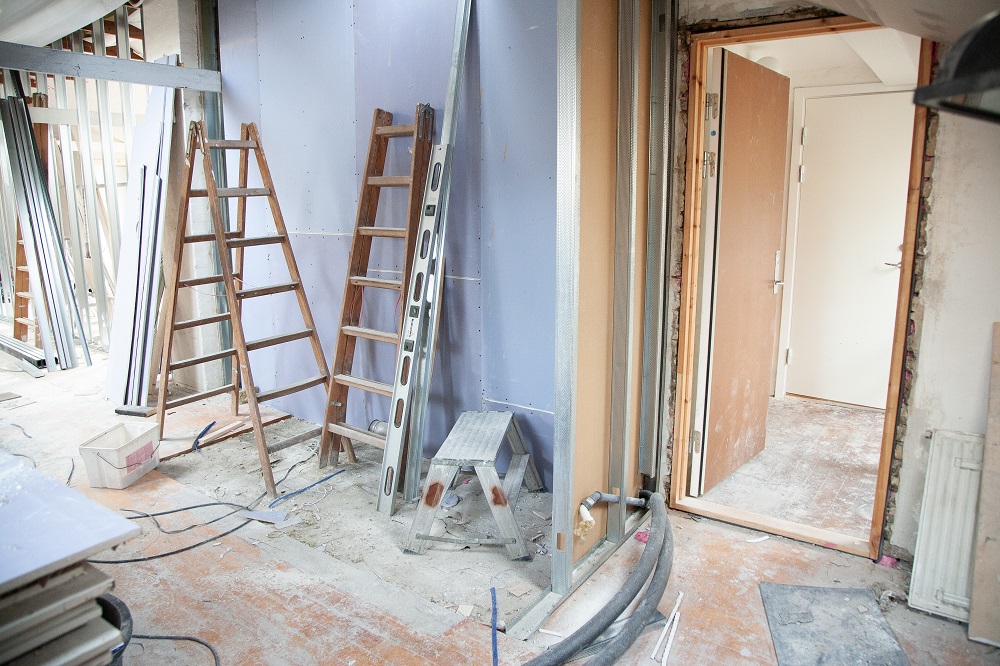
Why is construction waste management important?
Construction waste management is important because it helps the environment and saves businesses money. This process also benefits the community, as it reduces the amount of waste that ends up in landfills.
Many materials that make up construction waste have recyclable value. This means that builders can save money on materials by recycling them instead of buying new ones. In addition, recycling can also help prevent the need to build new infrastructure. As a result, it can save a large amount of energy and natural resources.
Aside from reducing the amount of waste that ends up in landfills, recycling can also help to preserve water and air quality. This is because it avoids toxic substances from being thrown into the environment, which can cause harm to the surrounding areas.
It can also help to protect human health. For instance, if a building is made of hazardous materials, it will need to be disposed of correctly. This can involve a number of steps, including disposing of asbestos in a safe manner and using proper disposal methods for other hazardous materials.
It is crucial for construction companies to ensure that they are taking all necessary measures to prevent the waste they produce from going into the environment. This includes ensuring that they are recycling any materials that have a high recycled content, minimizing the use of chemicals on construction sites, and implementing effective waste-management practices on site.
The main aim of construction waste management is to minimize, control, and dispose of the waste produced during construction in a way that is safe for the environment, ethical for society, and practical for the economy. This can be done by incorporating local practices into construction projects and working with vendors to ensure that all wastes are disposed of properly.
How to dispose of construction waste
When it comes to construction waste, effective waste disposal practices are key. This is not only beneficial for the environment, but it also saves you money.
The first step in proper construction waste disposal is to create a site waste management plan. This document will outline who is responsible for the waste, and how it will be handled on-site. This will ensure that everyone is following the appropriate procedures for a safe and efficient disposal process.
Another important aspect of waste disposal is source separation. This process involves segregating materials into different categories, such as “clean” and “dirty.” These classifications will make the disposal process easier for employees.
Once construction materials are separated, they can be reused or recycled. This will help reduce the amount of waste that is sent to landfills, which in turn reduces greenhouse gas emissions that contribute to climate change.
In addition, separating construction waste by the type of material can also lead to cost savings down the line. For example, lumber cut-offs from wood-framed constructions can be used as fire blocking or spacers in new building projects.
Similarly, old appliances and decor items can be donated to a local or community organization that needs them. This keeps the material out of landfills, and it helps people in need at the same time!
Conclusion
Properly managing construction waste is essential to reducing the environmental impact of construction and demolition activities. This is done by implementing the three R’s: reduce, reuse, and recycle. This will also help you to improve your business’s reputation, as it shows that you are committed to protecting the environment.
